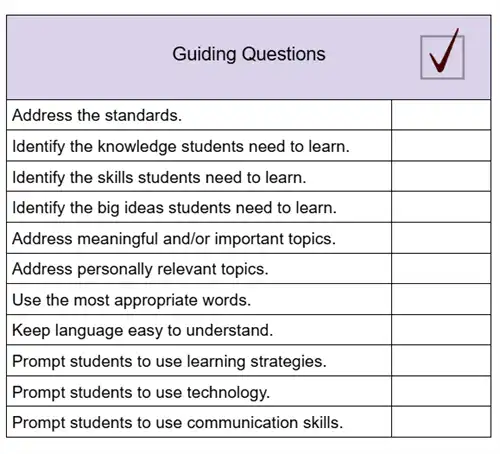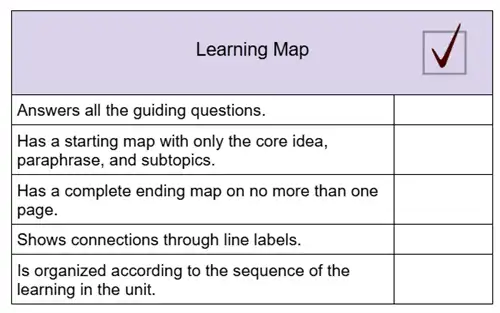- Professional Learning Hub
Coaching Corner
Welcome to the Coaching Corner!
This page is your go-to resource hub to support you on your instructional coaching journey. Here, you’ll find practical tools, slide decks, and materials designed to help you engage, guide, and support the teachers you work with. Explore the resources to strengthen instructional practices, foster collaboration, and drive student success through impactful coaching.
Have any questions or need support?
Reach out to our team at professional.learning@gcccharters.org -- We're here to help!
Quick ResourcesMathScience |
ELAELDPD Opportunities |
Instructional Playbook One Pagers
Instructional Playbook One Pagers![]()
Guiding Questions
Title: Guiding Questions
In One Sentence:
Guiding questions are intentional, open-ended prompts that help learners think critically, make connections, and direct their own learning toward essential understandings.
What Research Says:
According to Jim Knight (High-Impact Instruction, 2013) and Hattie’s research on teacher clarity and questioning (2012), effective questioning promotes deeper comprehension, increases student engagement, and leads to higher achievement. When students are guided by clear, thought-provoking questions, they develop metacognition—the ability to think about their own thinking—and take greater ownership of learning.
What’s the Point?
Guiding questions frame the learning experience around “big ideas” rather than isolated facts. They help both teachers and students focus on the purpose of instruction, encourage curiosity, and create coherence across lessons. In essence, they turn units into inquiries rather than checklists.
How is this used by teachers?
- Design lessons and units around one or two essential guiding questions that connect directly to learning goals.
- Use them at the start of a lesson to spark curiosity and again at the end to promote reflection.
- Facilitate classroom discussions using guiding questions to scaffold deeper reasoning.
- Model how to break down complex guiding questions into smaller, answerable parts.
How is this used by students?
- Refer back to guiding questions throughout a lesson or unit to monitor their understanding.
- Use them to self-assess learning and identify areas for further inquiry.
- Discuss and debate guiding questions collaboratively, using evidence from texts, experiments, or experiences.
- Reflect on how their thinking about the question has evolved over time.
Learning Maps
Title: Learning Maps
In One Sentence:
Learning maps are visual representations that show how key ideas, concepts, and skills connect within a unit, helping teachers and students see the “big picture” of learning.
What Research Says:
Research on cognitive load theory (Sweller, 1988) and schema building (Anderson, 1990) shows that learners understand and retain information better when they can visualize relationships between concepts. Jim Knight emphasizes that learning maps make instruction more transparent and coherent by showing how each lesson fits into a larger learning framework. They also support teacher clarity—one of John Hattie’s highest-impact influences on student achievement.
What’s the Point?
Learning maps guide both teaching and learning by making complex ideas visible. They help teachers plan intentionally and ensure lessons build logically toward essential understandings. For students, they clarify what’s important, how ideas connect, and where learning is headed—making learning more meaningful and manageable.
How is this used by teachers?
- Develop a starting map before instruction with only the core idea, paraphrase, and subtopics.
- Use the map as a planning tool to sequence lessons and align activities to learning goals.
- Add connections, examples, and line labels as learning progresses.
- Create a final map that captures the complete unit’s learning on one page.
- Use the map as a reflection tool to evaluate coherence and identify gaps.
How is this used by students?
- Use the learning map to preview what they’ll learn and how concepts connect.
- Contribute to the map throughout the unit by adding examples, evidence, or questions.
- Reference it to make sense of new learning and track progress.
- Use the checklist to evaluate their own or a group’s learning map for clarity and completeness.


